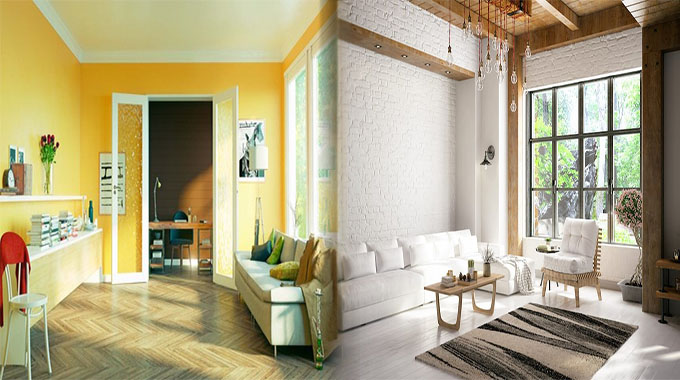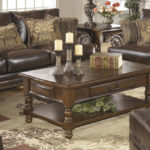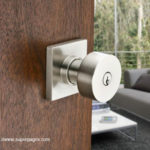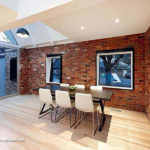Decorating a small room can be a challenge, but choosing the right color scheme can make a significant difference in creating the illusion of space and openness. By selecting the best color combinations, you can visually expand the perceived size of a small room and enhance its overall ambiance. Here are some of the best color schemes to consider for making small rooms feel larger:
1. Light and Airy Colors:
Opting for a light and airy color scheme is a classic way to make a small room appear more spacious. Shades of white, off-white, pale beige, and soft grays reflect light and create a sense of openness. These colors also help to bounce natural or artificial light around the room, making it feel brighter and more airy.
2. Monochromatic Color Schemes:
Monochromatic color schemes involve using variations of a single color, such as different shades of blue, green, or beige. By sticking to one color family, you can create a cohesive and harmonious look that visually expands the space. The subtle variations within the same color palette give depth to the room without overwhelming the senses.
3. Cool Tones:
Cool colors like light blues, soft greens, and icy grays are known for their calming and expansive effects. These hues recede visually, creating the illusion of more space. Incorporating cool tones in a small room can lend a tranquil and serene ambiance while making the walls and ceiling appear to recede, thereby contributing to a sense of spaciousness.
4. Soft Pastels:
Soft pastel shades like light peach, mint green, blush pink, and lavender can lend a gentle and soothing vibe to a small room. These light and delicate colors brighten the space while maintaining a sense of airiness and openness. Soft pastels can also add a touch of femininity or elegance to the room without overwhelming it with bold color saturation.
5. Neutrals with Accents:
Using a predominantly neutral color scheme with strategically placed accent colors can create a balanced and visually appealing small room. Choose a neutral base such as light beige, ivory, or light gray for the walls and larger furniture pieces, and then introduce pops of color through accessories, artwork, or textiles. This approach adds interest without overwhelming the space with too much color.
6. White and Bright Accents:
Embracing an all-white color scheme with bright accent colors can help create a clean, modern, and inviting atmosphere in a small room. The use of white as a dominant color promotes a sense of openness and brightness, while strategically placed vivid accents—such as a bold rug, vibrant throw pillows, or a colorful piece of artwork—inject personality and visual interest into the space.
When choosing a color scheme for a small room, it’s important to consider the natural light, the size of the space, and the mood you want to create. With the right colors, you can transform a compact room into a visually expansive and inviting environment that feels both comfortable and stylish.







